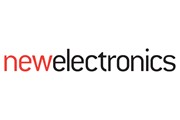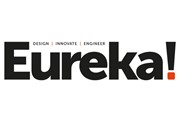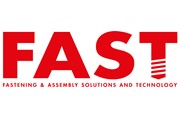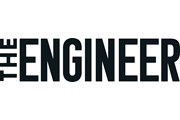March 2022 - Practical CPD Accredited Workshops
(Please bookmark this page as we are adding more content regularly)
Book early - first come, first served!
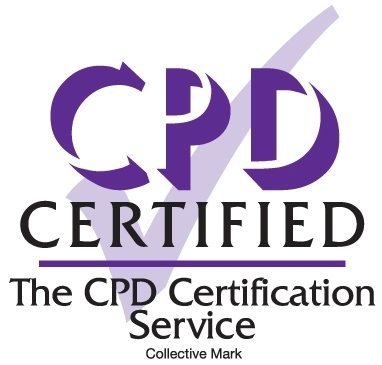

REGISTER HERE
9:30 AM - 10:10 AM - Materials
Plasma and Corona – What Will You Do with Plasma?
Room: Lecture Room 2

But what if you’re process already works? A big area for treatment is removing solvent based processes and replacing them with water based alternatives, or replacing older expensive polymers for newer tough to bond polymers.
There’s also a big trend of using the technology to assist with cleaning and degreasing, removing manual abrading or primers and removing operator dependent processes to gain higher repeatability.
5 THINGS YOU WILL LEARN DURING THIS SESSION:
1. What are corona and plasma treatments
2. Traditional uses for corona and plasma
3. Reasons to consider using the equipment
4. How plasma and corona can help solve the problem of solvent reduction
5. Newer and future uses for plasma and corona
Book Now
9:30 AM - 10:10 AM - Fastening & Joining
Achieve Your Productivity Potential with UV Light Curing Adhesives
Room: Lecture Room 3

5 THINGS YOU WILL LEARN DURING THIS SESSION:
1. How light curing works
2. Typical applications
3. New capabilities of the chemistry
4. Equipment developments, including LED based curing
5. Case studies showing productivity gains
Book Now
10:30 AM - 11:10 AM - PCB
Why Thermal Simulation is a Must for Electronics Design?
Room: Lecture Room 1
Matt Evans, Principal Product Engineer, Cadence Design Systems

In this workshop you will learn how to use thermal simulation to identify thermal issues early in the design process. You will discover how to import PCB designs from your EDA software in to a 6SigmaET thermal simulation, how to accurately model components on your board and how to use simulation results to improve a systems thermal management. Using simulation helps you eliminate thermal issues and streamline your design process.
5 THINGS YOU WILL LEARN DURING THIS SESSION:
1. How thermal simulation help identify and resolve thermal issues in electronics
2. How to create thermal simulation from concept to final design
3. How heat transfer through a PCB
4. How to Import PCB designs from your EDA software into a 6SigmaET thermal simulation
5. How to accurately model electronic components in a thermal simulation
Book Now
10:30 AM - 11:10 AM - Materials
Solving the Challenges of Inline Automated Surface Defect Detection
Room: Lecture Room 2
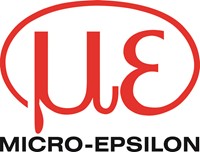
With the ever increasing demand on quality improvements, surface inspection systems can be used to identify both aesthetic defects and potential functional and integrity defects.
The challenge for inspection systems is to allow for the natural deviation in form to be inspected and still achieve the levels of resolution required to identify those localised surface defects. With high precision measurement hardware and patented artificially intelligent algorithms Micro-Epsilon have utilised their years of experience and unique know how to combat these common real life challenges faced by today’s industry.
5 THINGS YOU WILL LEARN DURING THIS SESSION:
1. Why there is an increased demand for surface inspection
2. Why conventional CAD comparison vision based systems are not suitable for surface inspection
3. How AI algorithms simulate conventional destructive testing methods without damaging parts
4. Typical defects that create problems in production environments
5. How 3D vision is replacing human auditors
Book Now
11:30 AM - 12:10 PM - Materials
Aluminium with Form - Hot Form Quench Lightweighting for New Vehicle Architectures
Room: Lecture Room 2

5 THINGS YOU WILL LEARN DURING THIS SESSION:
1. Aluminium is even more extraordinary than you thought- it can make high strength pressed parts
2. HFQ- what is it and how it provides greater freedom for designers
3. HFQ provides OEMs with what they need for the challenges ahead
4. HFQ can unlock even more recyclability for aluminium
5. HFQ is available for high volume manufacture
Book Now
12:30 PM - 1:10 PM - Fastening & Joining
Understanding and Implementing Torque Standards relating to Torque Tools
Room: Lecture Room 3

particularly for accreditation laboratories, and consequently for their customers. This session attempts to highlight the major elements of the standard, some of the issues that have arisen, and solutions that are available.
5 THINGS YOU WILL LEARN DURING THIS SESSION:
1. Understanding the scope of the ISO6789:2017 standard and the definition of its 2 parts
2. Classes and differences of the types of tools
3. Explanation of the Errors and Uncertainties
4. The requirements in Calibration
5. How to read the calibration certificate
Book Now
12:30 PM - 1:10 PM - Materials
Lightweighting and metal replacement: 3D printing carbon fibre and engineering thermoplastics
Room: Meeting Room 1
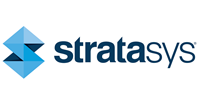
During the presentation we will deep dive into a range of applications including printing real carbon fibre composite parts, 3D printing composite layup tooling, developing manufacturing aids, and producing end use production parts.
Various Case Studies will be shared to demonstrate the huge savings in both time and money, and the numerous industries taking advantage from aerospace to automotive to healthcare and consumer products.
Stratasys additive manufacturing technologies are successfully finding applications across organisations well beyond designers and prototyping.
5 THINGS YOU WILL LEARN DURING THIS SESSION:
1. How additive manufacturing is working alongside traditional processes to drive down part costs and turnaround times.
2. Typical applications for additive manufacturing for engineers.
3. Real world case studies of parts that have been made by 3D printers with the cost and time savings and other benefits.
4. The process of identifying applications: straightforward easy tips and tricks about where additive technologies will bring benefit to you.
5. Getting started with additive, from preparing CAD files to getting parts made by bureaus to investing in a machine.
Book Now
1:30 PM - 2:10 PM - Materials
Maximising the Potential of Lightweight Materials with Intelligent Design Technologies
Room: Lecture Room 2
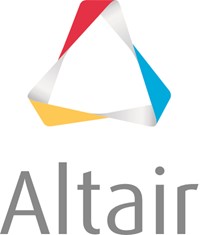
3 THINGS YOU WILL LEARN DURING THIS SESSION:
1. How design optimisation technologies can help remove the amount of material required to meet
performance targets
2. How this applies to various material types, including composites and metallics
3. How this approach can save both time and money in the development and manufacturing process
Book Now
1:30 PM - 2:10 PM - Fastening & Joining
Savings Through Collaborative Design: Optimise Product Design Through Early Fastening Integration
Room: Lecture Room 3
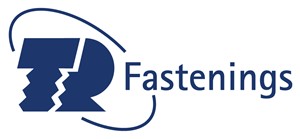
With practical examples of VAVE solutions, including licenced features, special coatings or process changes, from fastener experts active in a wide range of technologies, enabling optimised product design.
5 THINGS YOU WILL LEARN DURING THIS SESSION:
1. How less is often more in design
2. The cost of fasteners isn’t limited to the piece price
3. The advantages of considering the right fastening process
4. The impact of volume on methods and best suitable solutions
5. What to expect from a fastener supplier
Book Now

